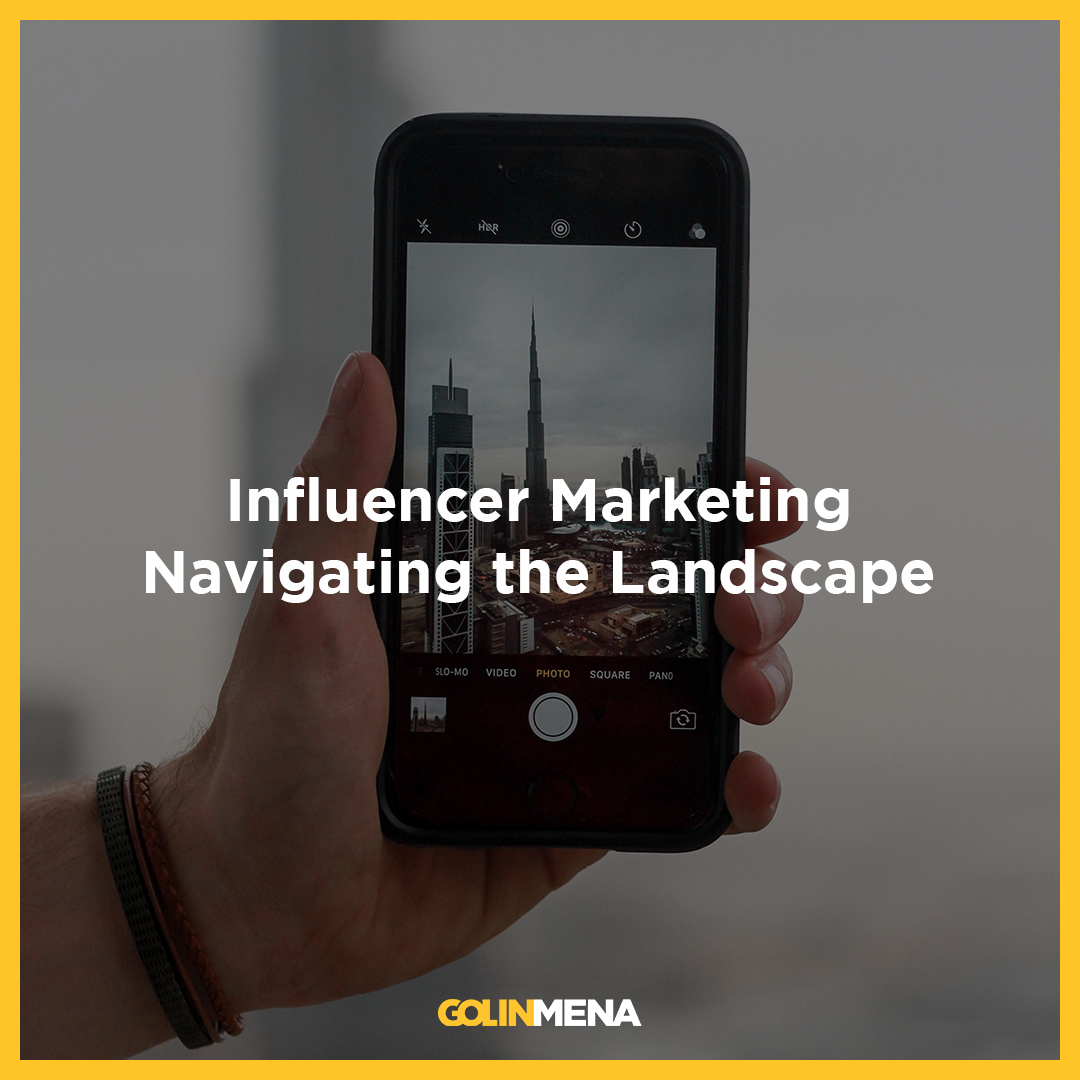Influencer Marketing – Navigating the Landscape
Love it or hate it, influencer marketing is becoming not only necessary but possibly the most relevant channel to reach larger volumes of consumers. The global industry is expected to grow to be worth $9.7bn this year, according to The State of Influencer Marketing 2020: Benchmark Report. It does however tend to be a bit of a double-edged sword because as great as influencer marketing can be, it tends to have its own set of drawbacks.
Let’s start with the positives though, as we explore the various ups and downs of influencer marketing.
- Target specific demographics, including Gen-Z and Millennials
Given the higher ‘influenceability’ and spending power of Gen Z & Millennial consumers, they look to influencers as trendsetters, following their every move on social media. Ask a 20-year old who the emperor of Japan is and they may not know, but they’re more likely to know the latest TikTok dance challenge that’s trending right now. And what’s more, they’re also likely to know who made this challenge go viral.
Influencers have exclusive access to new and often unreleased products, from brands that partner with them and organize campaigns where the influencers can review and promote upcoming products. Basically, the influencer can turn your product into a new trend that can potentially become increasingly popular amongst millions of Gen-Z consumers all over the world! Once your product becomes a hot new trend, it’s more likely going to be reviewed by dozens of other influencers across platforms and of varying audience sizes, giving it even more credibility.
- Target niche audiences, especially through Micro and Nano influencers
Although they have a smaller following, Micro and Nano influencers are increasingly becoming popular with brands. Audience size aside, they tend to be more passionate and engaged as opposed to influencers with larger followings. These influencers usually generate more genuine content, as they capture their personal experiences and share honest reviews about products/ services, thereby building trust.
Granted, this isn’t always the case, and there are bound to be some who will promote products they don’t truly believe in. But more likely than not, those who do believe in the product can build trust amongst their following without coming across as too pushy.
- Influencer Marketing doesn’t break the bank, while offering high ROI
Influencer Marketing is a lot easier on the wallet, especially when compared to traditional outreach campaigns such as TV or print advertising campaigns, while providing better returns on the investment, as well as improving brand and product SEO. So effectively, you’re getting better brand recognition and awareness for a much lower cost.
Keeping these positives in mind, let’s also take a look at what the possible drawbacks could be.
- Influencers are tied to your brand, for better or for worse
Influencers are human and at times they can slip-up and make mistakes. Ordinarily, that wouldn’t be a problem, but if the influencer has a long-standing relationship with your brand, they could inadvertently bring your brand into controversy.
Brands therefore need to be extremely careful when selecting influencers to partner with, and think long-term. This does take a fair amount of time and energy, but it’s always important to invest in due diligence.
- Fake Followers
Several mainstream influencers have a follower base made up of bots and fake accounts. Transparency is key in any transaction but unethical influencers pave their way by buying followers to earn some extra cash. These can be sifted out by reviewing the number of followers versus the engagement rates on the influencer’s page. Irrespective of how these bots are created, fake followers will not boost engagement with the influencer’s posts and are of no value to a brand.
- Uncertain & Unquantifiable
One of the hardest things about influencer marketing campaigns is measurability. It is often hard to measure the product traction that can be attributed to the influencer.
If influencer marketing is the right strategy for your brand or product, then it is worth taking a closer look at the steps required to identify, execute, manage and track an influencer marketing campaign. Instead of viewing an influencer as a means to distribute your product messages, working with the influencer in a messaging partnership has much greater potential for the campaign to be successful, ultimately creating the right kind of awareness for your brand.
Malaika Fernandes, Golin MENA




